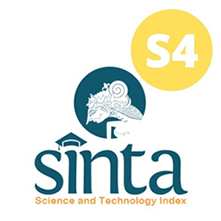Development of a Central SpO2 Monitoring Center for the Neonate Room with a Wireless System
Abstract
Monitoring the health status of infants, especially those born prematurely, is crucial. Oxygen saturation levels in newborns play a vital role in detecting congenital abnormalities early. This research aims to design a system that continuously monitors SpO2 levels in multiple patients simultaneously, even at a considerable distance. The system employs two different sensors: the Neonatal Fingertip sensor (for module 1) and the Max 30100 sensor (for module 2). Both modules display real-time SpO2 values and signals on a PC. Wireless monitoring is achieved using the Bluetooth HC-05 module. Comparative tests against a pulse oximeter revealed a maximum deviation of 1% for the Max 30100 sensor and the Neonatal Fingertip sensor. Additionally, the system effectively monitors two patients within a maximum range of 3.5 meters. The results of this study can be implemented in Neonatal Intensive Care Units (NICUs) to alleviate the workload of medical personnel and enhance hospital services

This work is licensed under a Creative Commons Attribution-ShareAlike 4.0 International License.
Authors who publish with this journal agree to the following terms:
- Authors retain copyright and grant the journal right of first publication with the work simultaneously licensed under a Creative Commons Attribution License that allows others to share the work with an acknowledgement of the work's authorship and initial publication in this journal.
- Authors are able to enter into separate, additional contractual arrangements for the non-exclusive distribution of the journal's published version of the work (e.g., post it to an institutional repository or publish it in a book), with an acknowledgement of its initial publication in this journal.
- Authors are permitted and encouraged to post their work online (e.g., in institutional repositories or on their website) prior to and during the submission process, as it can lead to productive exchanges, as well as earlier and greater citation of published work (See The Effect of Open Access).











